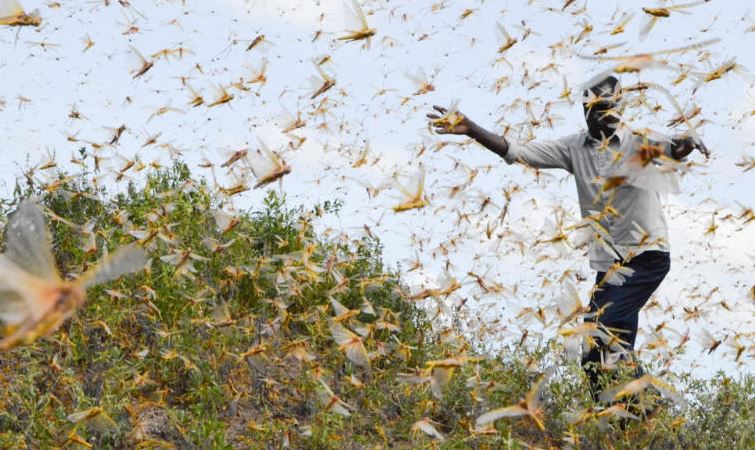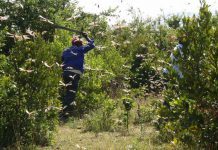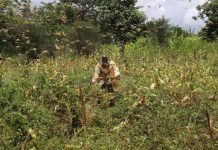There is good and bad news for residents of Kitui County that was invaded by huge swarms of locusts weeks ago.
The good news is that the locusts have left after weeks of destruction. The bad news is that the relief is temporary and the locusts could be back, and more destructive.Weeks after the locusts that invaded parts of Kitui County, mainly Mwingi region, left, farmers are staring at the possibility of another catastrophic invasion.There have been warnings that the next round of invasion could be more severe, should the tens of millions of nymphs (young hatched locusts) grow to adult stage.
The county department of agriculture has mapped out seven sites in four wards where the first swarms of locusts deposited millions of eggs and from where the nymphs are hatching at an alarming rate.The county government in collaboration with the national government has kicked off a drive to spray and destroy the young locusts before they mature.The spraying is being carried outs in Kyuso, Mumoni, Tseikuru and Tharaka wards, all in Mwingi North.
Hatching of eggs
At Julius Nzoka’s farm in Maseki village in Mumoni ward, a huge chunk of his 10-acre farm is now covered with hatched locust nymps.
The young locusts, black in colour, have colonised the farm, with layers upon layers of nymphs.The scenario is replicated across the four wards where it is estimated that billions of the insects have hatched.“We were relieved when the locusts left and thought the problem was over; little did we know that we have a much bigger problem left with us.
If these insects are not contained, our county will suffer acute food shortage,” Nzoka said.Agnetta Mwikali from Tseikuru ward in Mwingi, who suffered losses during the first invasion, said she had just started preparing her farm in readiness for the long rains when she noticed the insects.However, Kitui Deputy Governor Wathe Nzau, who is coordinating the ongoing efforts to eliminate the destructive insects within the county, said the county government had received enough chemicals from the national government to deal with the menace.
With the alarming rate of hatching, there are fears that Kitui, alongside 17 other counties where the locusts invaded, might turn out to be the source of future swarms if the nymphs grow to adult stage.






